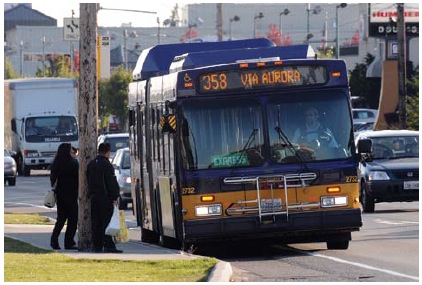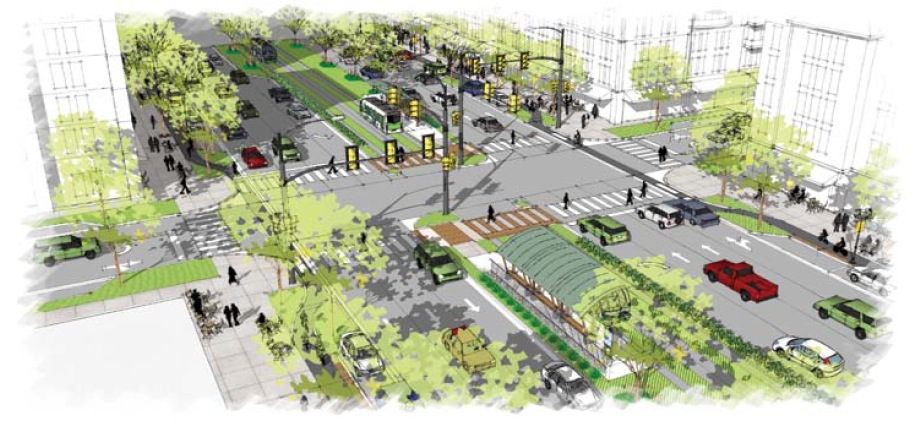URBAN LAND INSTITUTE
Introduction
 America’s metropolitan areas have always been the scenes of dynamic change. In the great metropolitan dance, suburbs and central cities have each played starring roles in their turn, learning from each other, sharing missteps, collaborating, and competing.
America’s metropolitan areas have always been the scenes of dynamic change. In the great metropolitan dance, suburbs and central cities have each played starring roles in their turn, learning from each other, sharing missteps, collaborating, and competing.
Until World War II, most metropolitan action happened in cities, which served as retail, cultural, and workplace hubs. The suburbs were the boomtowns of the second half of the last century, the repositories of the post–World War II American dream, where ample space and strong consumer appetites combined to generate an unparalleled prosperity. During that period, central cities struggled, their economies and populations sapped by the suburban exodus and a host of political and policy failures.
The 1990s and early 21st century were a time of continued transformation for cities and suburbs alike. Many cities engineered remarkable economic turnarounds, employing a host of new tools to attract both private investment and people. Suburbs were changing as well. Some continued to thrive, but challenges mounted too. Inner suburbs struggled to update their image, infrastructure, and economic dynamism, whereas some outer suburbs faced a wave of foreclosures and the terrible convergence of personal and civic financial crises.
At the same time, driven in part by powerful demographic forces, market preferences have been shifting. Signs point to an increasing appetite—especially among generation Y—for higher-density living patterns and for transportation options that include transit, walking, and biking.
Over the last two decades, driven in part by a desire to attract and retain a young talented workforce, suburban places have launched important initiatives aimed at meeting shifting market demands. Across the country, dozens, if not hundreds, of suburban places have worked to reimagine their future and to build or rebuild in more compact and sustainable ways.
The signs point to continued change—and a continued need for innovation—in the suburbs. The aging of the baby boomers—an upwardly mobile generation that helped fuel decades of suburban growth—means that one engine of suburban expansion is receding. According to the Brookings Institution, the suburbs are now home to a greater proportion of people age 45 and older than are cities, as the baby boom generation ages in place. In 2010, for the first time, the majority of the nation’s poor lived in suburbs, as suburbs absorbed more of the national rise in metropolitan poverty. Immigrants also make up an increasingly important component of the suburban population.
The way that the U.S. Census Bureau aggregates population and economic data at the regional level can make it challenging to quantify what is happening in suburban places, and to compare that information with growth patterns in cities. But clearly, efforts at suburban redevelopment and reinvention are continuing and will likely accelerate in the years to come. As this transformation continues, infrastructure is and will be a key piece of the compact suburban growth puzzle.
Download full report (PDF): Shifting Suburbs: Reinventing Infrastructure for Compact Development
About the Urban Land Institute (ULI)
www.uli.org
“ULI, the Urban Land Institute, is a 501(c) (3) nonprofit research and education organization supported by its members. Founded in 1936, we now have members worldwide, representing the entire spectrum of land use and real estate development disciplines working in private enterprise and public service.”
Tags: Compact Development, Suburbs, U.S. Census Bureau, ULI, Urban land Institute







 RSS Feed
RSS Feed